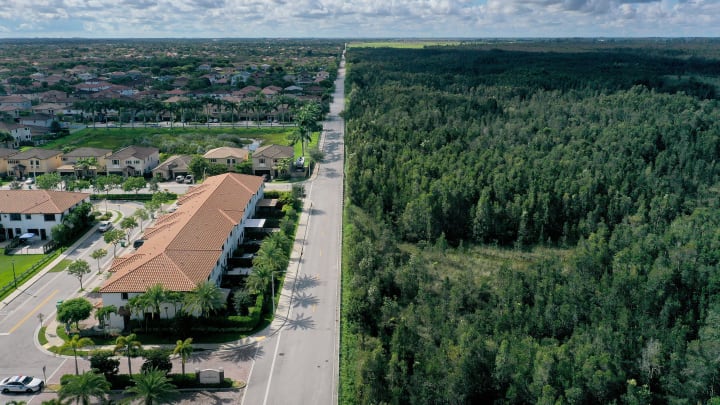The Ecological Significance of Wetlands

Wetlands, often overlooked and undervalued, are among the most productive and vital ecosystems on Earth. These areas, where water covers the soil or is present at or near the surface for at least part of the year, include marshes, swamps, bogs, and fens. Wetlands play a crucial role in maintaining ecosystem health, supporting biodiversity, regulating water cycles, and providing numerous benefits to human societies. Understanding the ecological significance of wetlands is essential for ensuring the sustainability of our environment.
Wetlands are critical for water filtration and purification. As water flows through wetlands, the vegetation and soil act as natural filters, trapping sediments, nutrients, and pollutants. This process helps to improve water quality, protecting downstream ecosystems and human communities from contamination. Wetlands also play a significant role in regulating the water cycle by absorbing excess rainfall and reducing the risk of flooding. During dry periods, wetlands release stored water, maintaining base flows in rivers and streams and ensuring a consistent water supply.
Wetlands are biodiversity hotspots, providing habitat for a wide range of plant and animal species. They support numerous birds, fish, amphibians, insects, and mammals, many of which are adapted to the unique conditions of wetland environments. Migratory birds rely on wetlands as critical stopover sites during their long journeys, while many fish species use wetlands for spawning and nursery habitats. The rich plant diversity in wetlands includes species adapted to waterlogged conditions, contributing to the overall productivity and ecological value of these areas.
The role of wetlands in carbon sequestration is increasingly recognized as a vital component in mitigating climate change. Wetlands store large amounts of carbon in their vegetation and soils, preventing its release into the atmosphere as carbon dioxide. Peatlands, a type of wetland, are particularly effective carbon sinks, storing more carbon per unit area than forests. However, when wetlands are drained or degraded, the stored carbon is released, contributing to greenhouse gas emissions. Protecting and restoring wetlands is therefore crucial for maintaining their carbon sequestration capacity and mitigating climate change.
Wetlands also provide numerous benefits to human societies, supporting livelihoods and cultural practices. They are essential for agriculture, providing water for irrigation and fertile soils for crop production. Wetlands are also sources of fish, shellfish, and other aquatic resources, sustaining local economies and food security. Additionally, wetlands offer recreational opportunities, such as birdwatching, fishing, and boating, contributing to tourism and enhancing the quality of life for local communities. Cultural practices and traditional knowledge related to wetlands are integral to the identity and heritage of many indigenous and local communities.
Despite their importance, wetlands are among the most threatened ecosystems globally. Human activities, such as agriculture, urban development, and infrastructure projects, have led to the widespread drainage, degradation, and loss of wetlands. Pollution from industrial and agricultural sources, invasive species, and climate change further exacerbate the pressures on wetlands. The loss of wetlands has significant ecological, social, and economic consequences, including reduced biodiversity, impaired water quality, increased flooding, and diminished carbon sequestration.
Efforts to conserve and restore wetlands must be prioritized to ensure their continued provision of ecosystem services and benefits. This requires a comprehensive and integrated approach, involving the protection of existing wetlands, the restoration of degraded areas, and the sustainable management of water resources. Policies and regulations at local, national, and international levels play a crucial role in safeguarding wetlands. The Ramsar Convention, an international treaty for the conservation and sustainable use of wetlands, provides a framework for global cooperation and action.
Engaging local communities and stakeholders in wetland conservation is essential for the success of these efforts. Recognizing the rights and knowledge of indigenous and local communities, and involving them in decision-making processes, ensures that conservation initiatives are culturally appropriate and socially inclusive. Education and awareness campaigns can also foster a greater appreciation of wetlands and encourage individuals and organizations to take action to protect these vital ecosystems.
In conclusion, wetlands are crucial for maintaining ecosystem health, supporting biodiversity, and providing numerous benefits to human societies. Their role in water filtration, flood regulation, carbon sequestration, and habitat provision underscores their ecological importance. However, wetlands are increasingly threatened by human activities and environmental pressures. Conserving and restoring wetlands is essential for ensuring the sustainability of our environment and the well-being of future generations. By recognizing the value of wetlands and taking concerted action to protect them, we can preserve these vital ecosystems for the benefit of all.